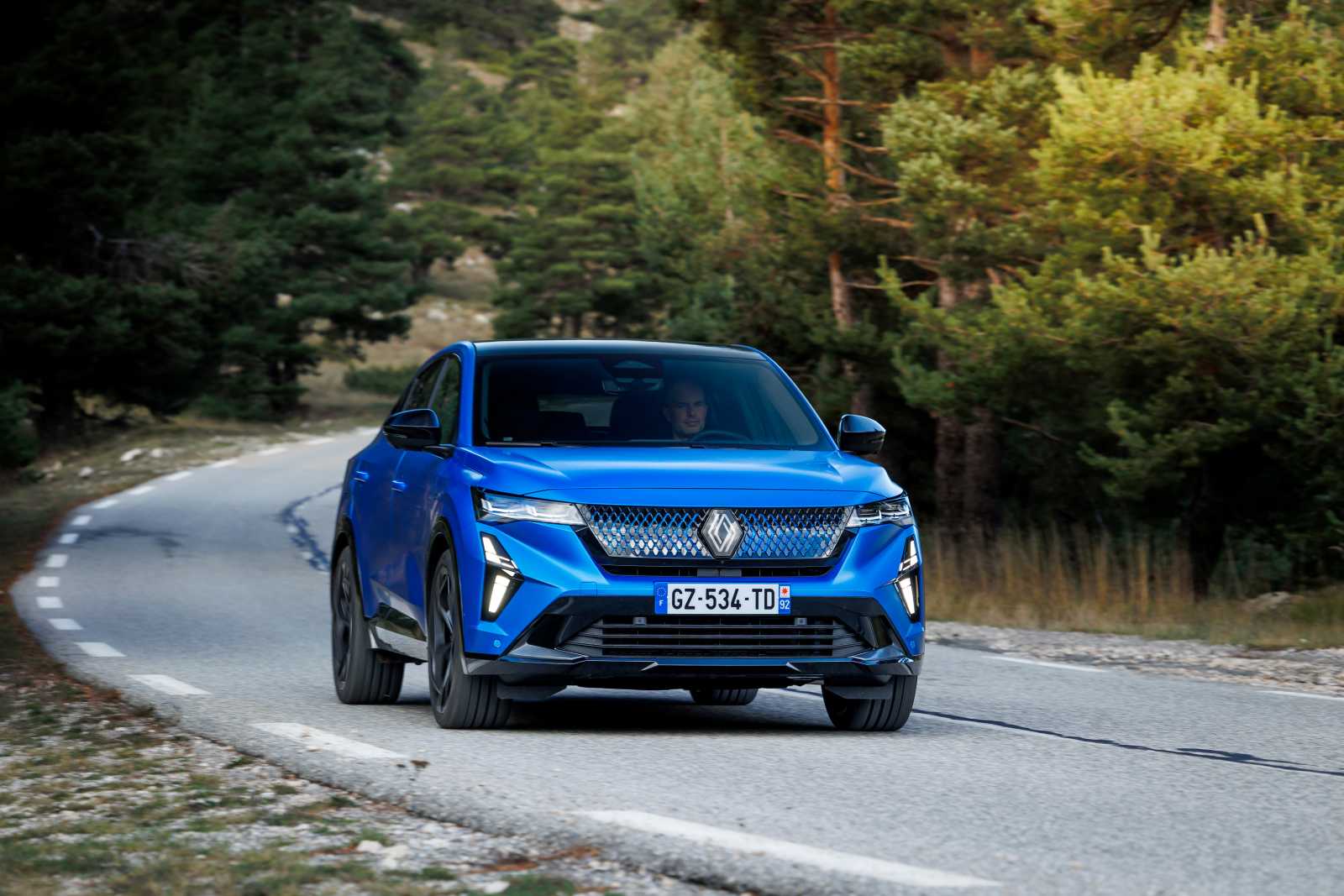Review – Renault Rafale E-Tech 4×4 plug-in hybrid 300 (2025)
Renault Rafale review
“The Rafale? What exactly is that?”, we hear you thinking. It is not surprising if you are not yet familiar with this new flagship model from Renault; the model was introduced only a few months ago. The Rafale is a coupe-SUV and targets competitors such as the BMW X2 and X4, Audi Q3 Sportback and Mercedes-Benz GLC Coupe. It sits on the CMF-CD platform, which it shares with the Renault Austral and Espace. The big difference between it and those two models? The Rafale looks and drives a lot sportier.
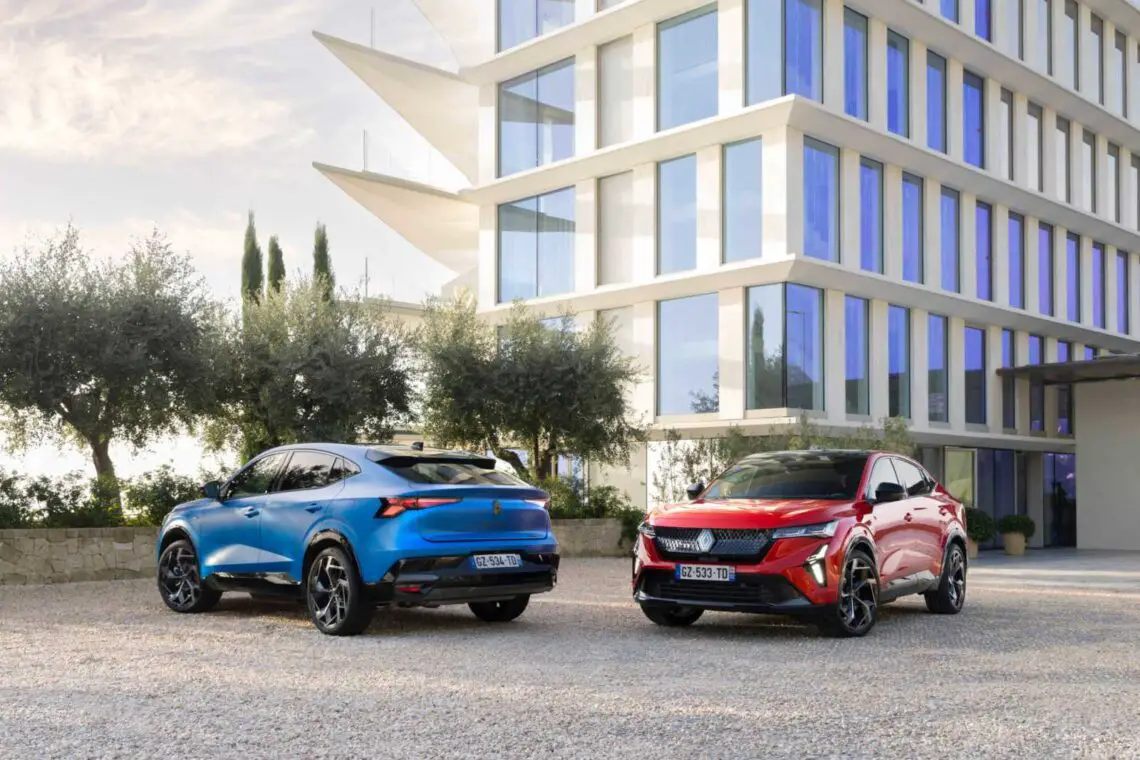
PHEV
At its introduction, the Renault Rafale was only available as a hybrid. Now a powerful plug-in hybrid variant is added. Renault has equipped this PHEV version with a good dose of extra horsepower – 300 in total – which makes the Rafale nice and smooth. The power source consists of the familiar 1.2-liter three-cylinder engine from the Hybrid variant, supplemented by no fewer than three electric motors: a 70-hp electric motor on the front axle, a 136-hp electric motor on the rear axle, and a 34-hp starter generator. In short: a total of four motors work together to get the Rafale off the ground.

And off the mark it certainly gets. Push the gas pedal hard, and you shoot forward like a two-stage rocket. The electric motors deliver instant torque without any delay, and then the gasoline engine provides additional acceleration. The 0-100 sprint is over in 6.4 seconds, 2.5 seconds faster than the Hybrid. An intermediate sprint from 80 to 120 km/h is completed in 4 seconds. Excellent figures, for an SUV you can take the whole family on vacation with. With a top speed of 183 km/h, it does have to make do with the German competition in terms of peak speed.
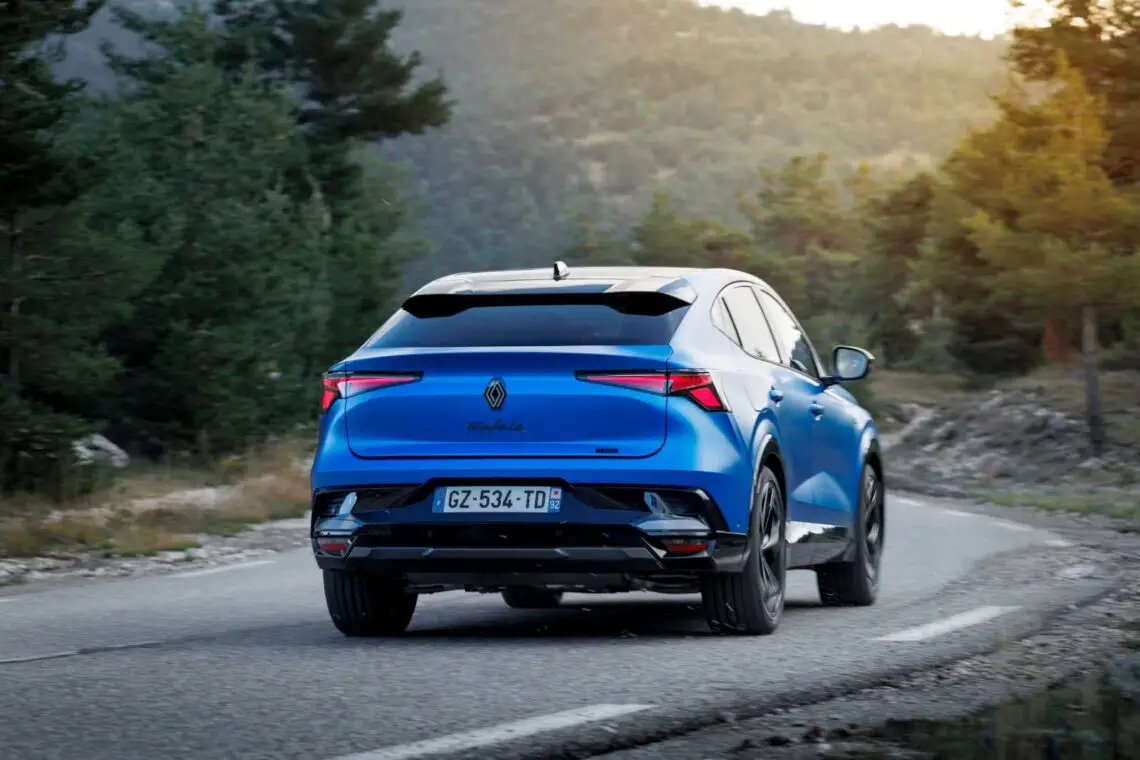
Long breath
Thanks to a 22 kWh battery, you can make most of your trips in the Netherlands entirely electric. Theoretically, the Rafale has an electric range of 105 kilometers, but in practice, count on about 80 to 90 kilometers. When the battery is empty, consumption remains within limits. Renault gives a consumption of 5.8 l/100 km with an empty battery. During our first encounter, we give the Rafale a hard time in the mountains around Monaco and Nice – no place comparable to the Dutch landscape and therefore not ideal for a consumption test. But we take Renault at their word – or should we say Bleu Sommet Satin, the paint color on our test car – because during our earlier test in the Netherlands with the 200 hp strong Hybrid we effortlessly achieved 1:20.
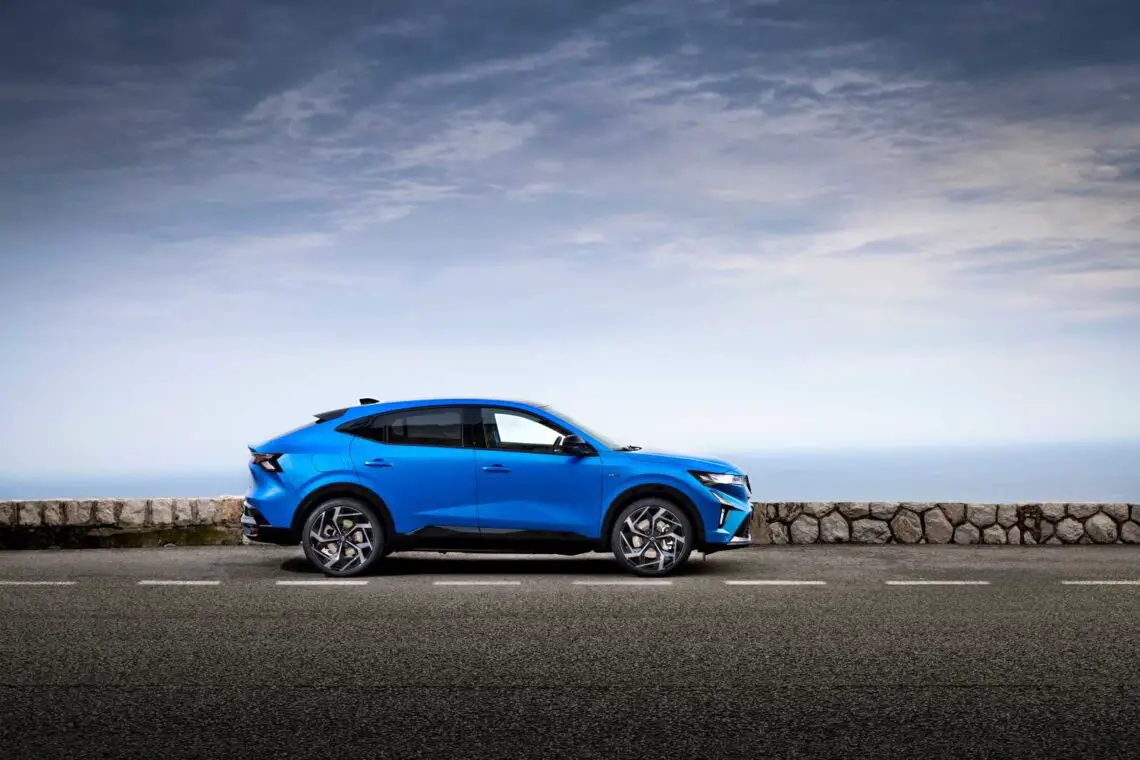
1,000 kilometers of range
Through various driving modes and a physical button on the center console, you can set whether you want to drive electric or gasoline. The Rafale will soon also be able to decide for itself which engine should do the work: the gasoline or electric motors. If you set a city as your destination in the navigation system, the car will mainly use the gasoline engine on the highway to keep the battery full, so that when you arrive in town you can drive fully electric. This update will be available later, but until then you can use the so-called E-Save mode to manually preserve the battery for later use. In this mode, the gasoline engine recharges the battery or simply does not draw on the battery to keep it full. This is especially useful during longer trips because you decide when to deploy the battery. Indeed, according to Renault, the plug-in hybrid is made for long distances, with a range of over 1,000 kilometers when both the battery and fuel tank are full.

Alpine feeling
The Renault Rafale plug-in hybrid is available in two versions: the ‘esprit Alpine’ and the ‘atelier Alpine’. We are testing the ‘atelier Alpine’, the top trim level of the new flagship model. This version is all about extra performance and an extra dose of exclusivity. It has a specially Alpine-tuned suspension and unique design elements – with a big nod to Alpine, of course. For example, the car features a lot of Alpine logos, a black spoiler as well as sporty 21-inch wheels, which are exclusive to this version.
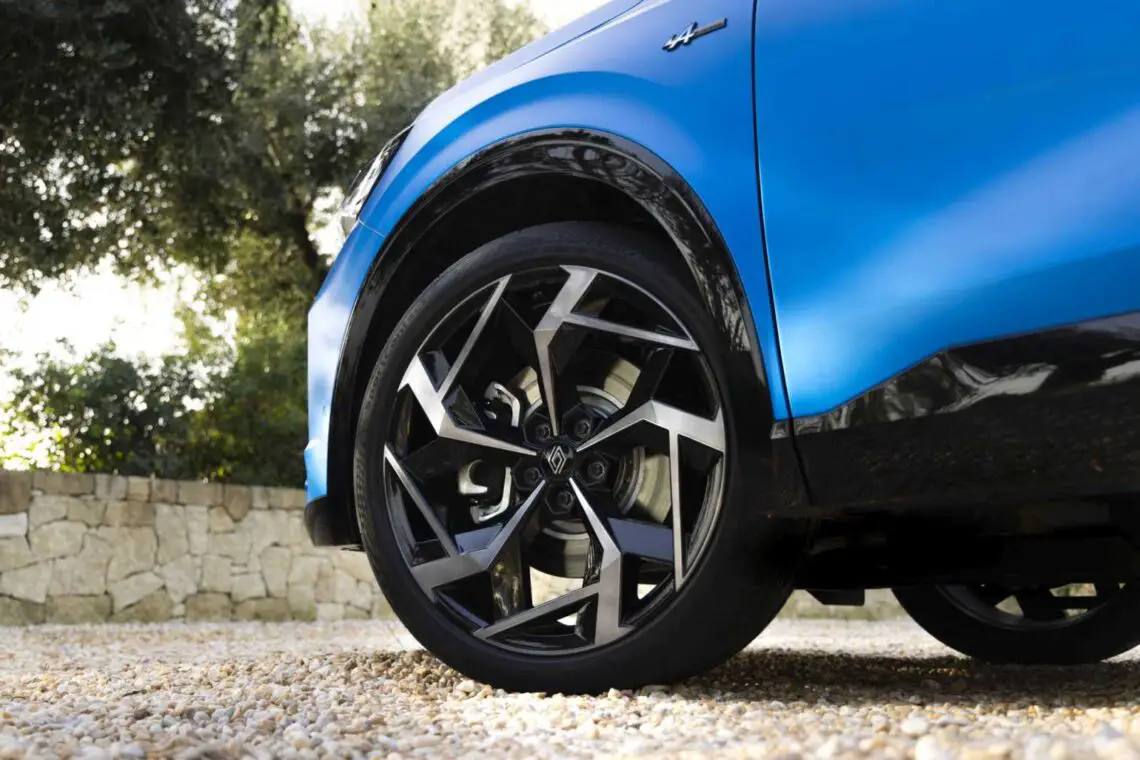
Alpine chassis
But it doesn’t stop at just looks. Alpine engineers have modified the chassis for added grip and driving pleasure. There is an active suspension, which, combined with a smart camera behind the windshield that scans the road surface, immediately adjusts the damping when bumps and potholes appear. Software tuning has also been tinkered with: braking, regenerative braking, stability control and power steering have been honed for more precise handling.
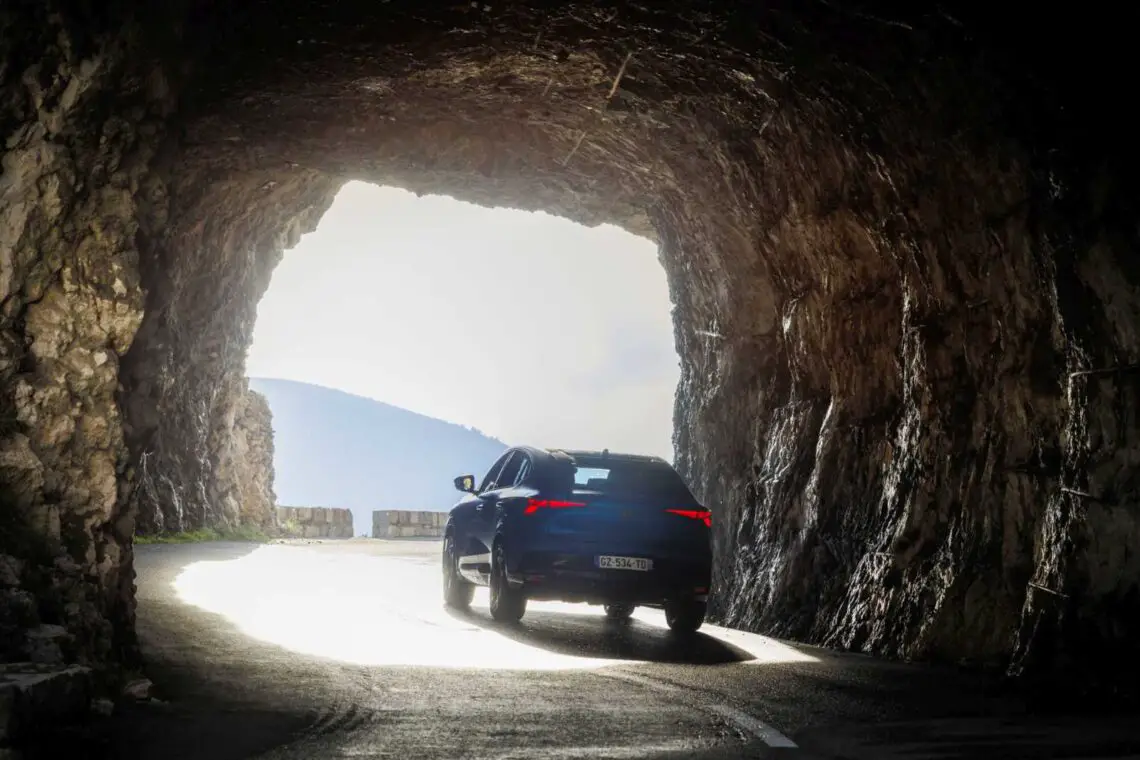
An A110?
How does that feel in practice? The software modifications make the steering feel a touch sharper and the brakes respond nicely and directly. Cornering is smooth, thanks in part to the 4Control system that allows the rear wheels to assist in steering. At low speeds, the rear wheels counter-rotate for extra maneuverability, while at higher speeds they steer and provide stability. As a result, the Rafale feels surprisingly light and sporty for an SUV of this size. But don’t expect a true sports car like the Alpine A110, nor compare it to a BMW X4 M or an RS creation from Audi – these are clearly tuned to a higher sporting level. So Renault has not targeted that segment, as the Rafale PHEV is also meant for long distances. And a rock-hard suspension is the last thing you want.
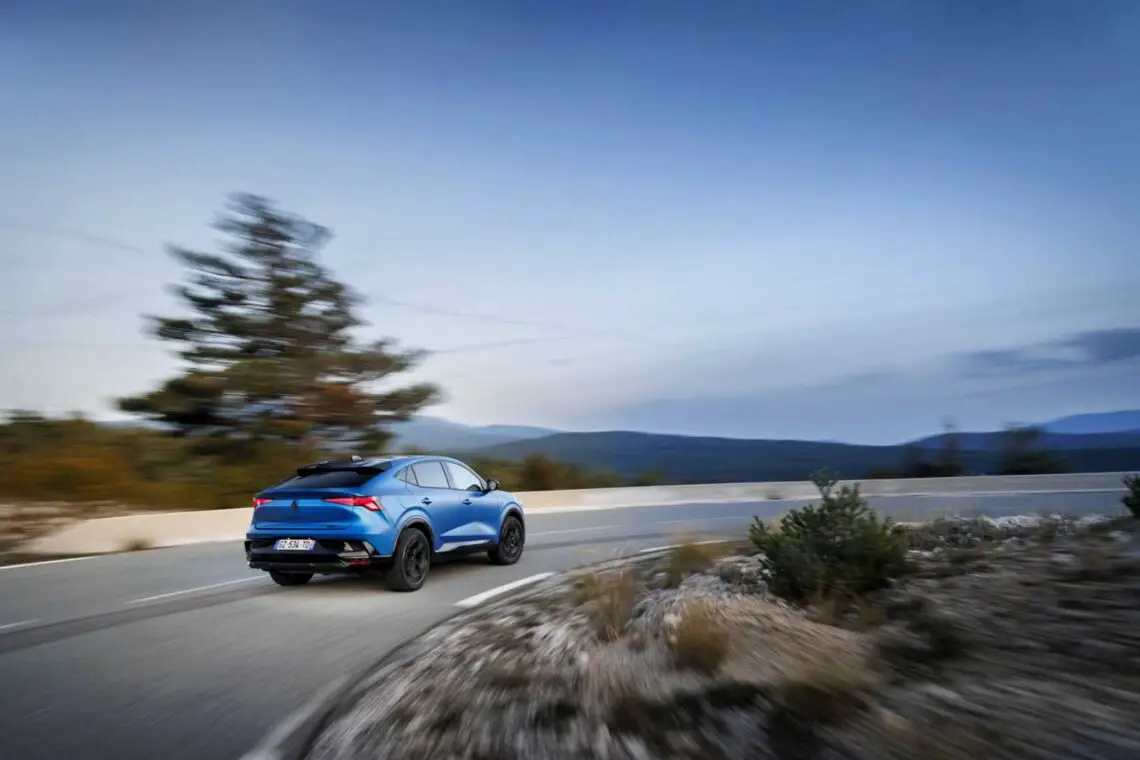
High quality materials
The interior of the Atelier Alpine version exudes a refined mix of luxury and sportiness. Renault has chosen high-quality materials in this version, and here too you will find special details that refer to Alpine. An eye-catcher in the interior is the subtle, illuminated Alpine logo that is beautifully integrated into the back of the seats. And how about the “carpeting”? What car has blue carpet? Another nice detail are the felt-covered storage compartments in the doors. You don’t even see that luxurious finish on a BMW 5 Series anymore, where every drink bottle causes a rattling concert.

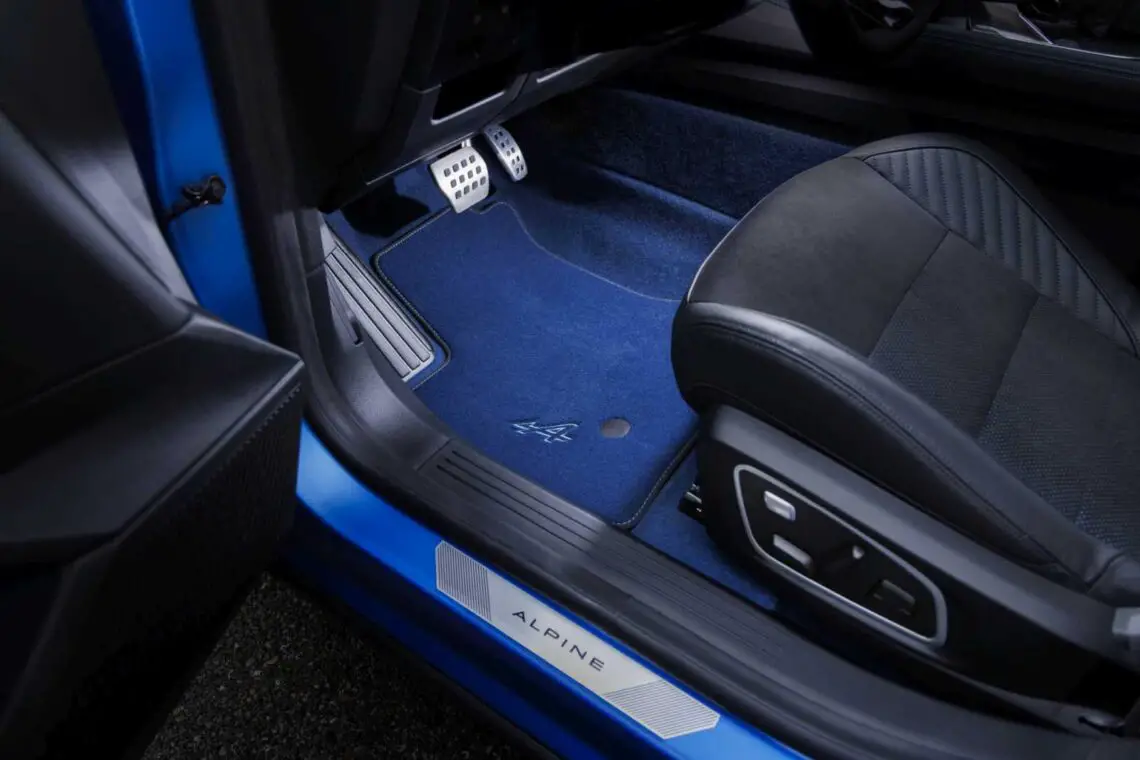
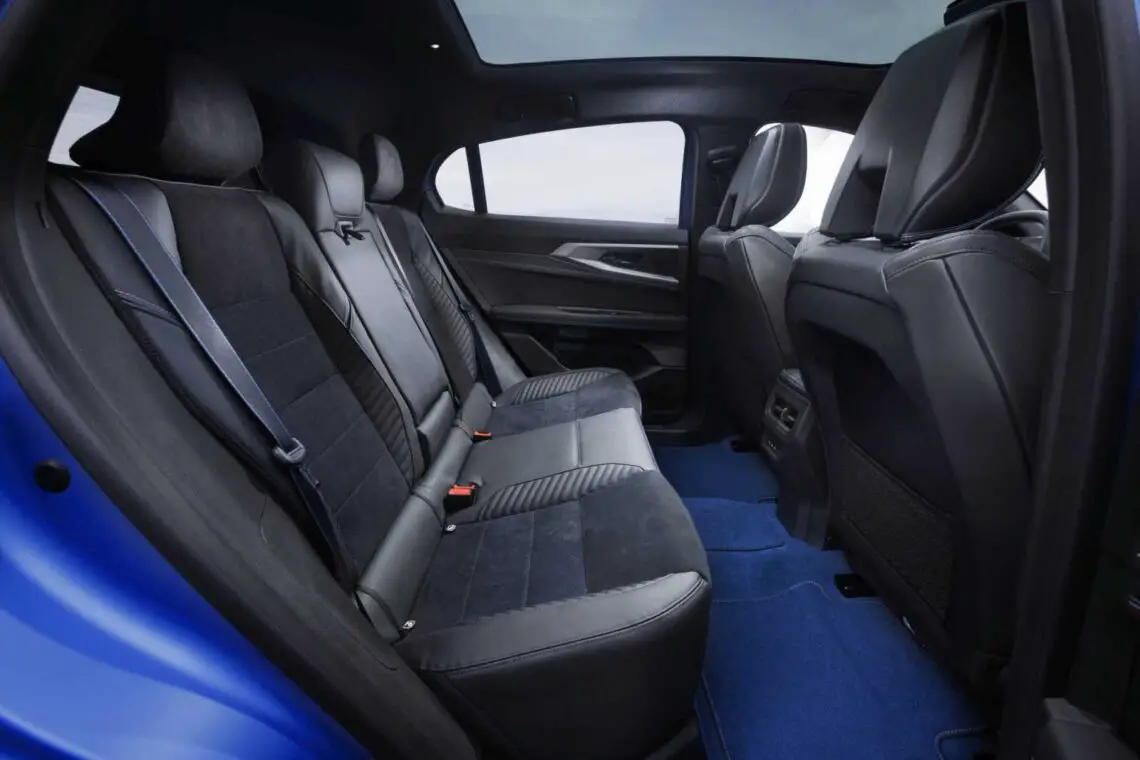
Furthermore, Renault offers as standard the openR link system with integrated Google functions. This system, with two displays (a 12.3-inch instrument panel and a 12-inch touchscreen), uses Google Maps as a navigation system as standard, and via the PlayStore you can download some 60 apps, such as Spotify. The panoramic Solarbay roof, optionally available, is a must-have. The electrochromatic roof can be set in four different levels of transparency – nice scrabble word.
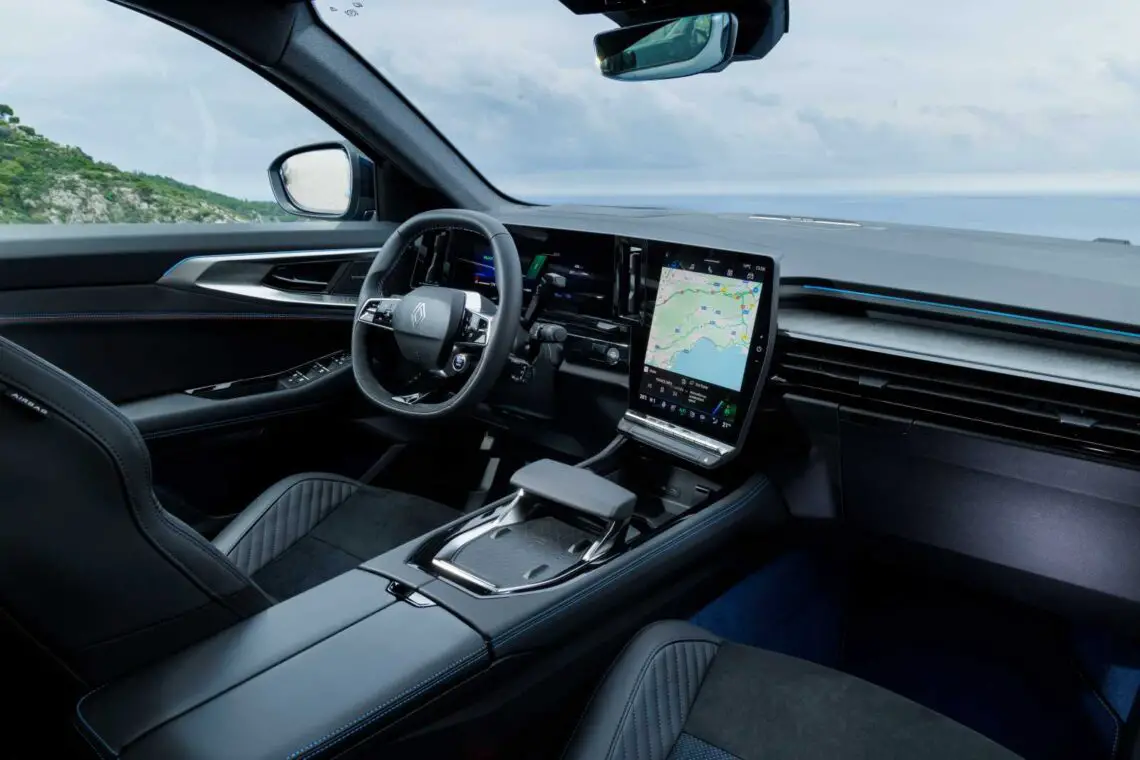
Nice and spacious
The Rafale’s long wheelbase provides comfortable head and leg room for both front and rear passengers, with generous knee room for rear seat passengers as well. There is also ample luggage space, with a capacity of 539 liters.
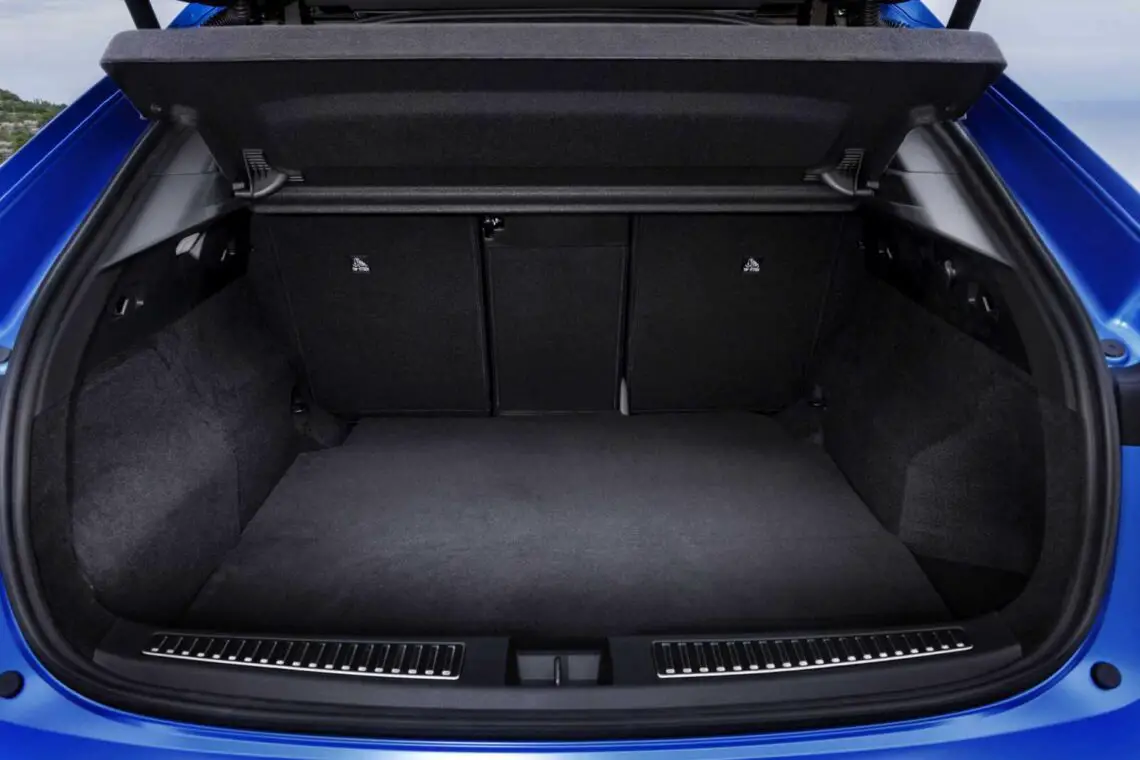
Conclusion
The Renault Rafale PHEV offers a nice balance between sportiness and everyday practicality, combined with a solid electric range. With its striking design, attractive interior and PHEV powertrain, it is an interesting choice for those looking for a stylish and sporty SUV coupe, without paying top dollar for it. As a Hybrid, the Rafale comes from 47,490 euros. The PHEV comes from 55,290 euros. For the extra sporty Atelier Alpine variant, the French are asking a minimum of 59,790 euros. That’s no small beer, but it does compare to the base price of a BMW X4 (78,435 euros) and Audi Q3 (57,472 euros). Want to know more about the regular Hybrid version of the Rafale? Then watch the video below:

